The John D. and Catherine T. MacArthur Foundation Series on Digital Media and Learning
Civic Life Online: Learning How Digital Media Can Engage Youth, edited by W. Lance Bennett
Digital Media, Youth, and Credibility, edited by Miriam J. Metzger and Andrew J. Flanagin
Digital Youth, Innovation, and the Unexpected, edited by Tara McPherson
The Ecology of Games: Connecting Youth, Games, and Learning, edited by Katie Salen
Learning Race and Ethnicity: Youth and Digital Media, edited by Anna Everett
Youth, Identity, and Digital Media, edited by David Buckingham
Engineering Play: A Cultural History of Childrens Software, by Mizuko Ito
Hanging Out, Messing Around, and Geeking Out: Kids Living and Learning with New Media, by Mizuko Ito et al.
The Civic Web: Young People, the Internet, and Civic Participation, by Shakuntala Banaji and David Buckingham
Connected Play: Tweens in a Virtual World, by Yasmin B. Kafai and Deborah A. Fields
The Digital Youth Network: Cultivating Digital Media Citizenship in Urban Communities, edited by Brigid Barron, Kimberley Gomez, Nichole Pinkard, and Caitlin K. Martin
The Interconnections Collection developed by Kylie Peppler, Melissa Gresalfi, Katie Salen Tekinba, and Rafi Santo
Gaming the System: Designing with Gamestar Mechanic, by Katie Salen Tekinba, Melissa Gresalfi, Kylie Peppler, and Rafi Santo
Script Changers: Digital Storytelling with Scratch, by Kylie Peppler, Rafi Santo, Melissa Gresalfi, and Katie Salen Tekinba
Short Circuits: Crafting E-Puppets with DIY Electronics, by Kylie Peppler, Katie Salen Tekinba, Melissa Gresalfi, and Rafi Santo
Soft Circuits: Crafting E-Fashion with DIY Electronics, by Kylie Peppler, Melissa Gresalfi, Katie Salen Tekinba, and Rafi Santo
Connected Code: Children as the Programmers, Designers, and Makers for the 21st Century, by Yasmin B. Kafai and Quinn Burke
Disconnected: Youth, New Media, and the Ethics Gap, by Carrie James
Education and Social Media: Toward a Digital Future, edited by Christine Greenhow, Julia Sonnevend, and Colin Agur
Framing Internet Safety: The Governance of Youth Online, by Nathan W. Fisk
Connected Gaming: What Making Video Games Can Teach Us about Learning and Literacy, by Yasmin B. Kafai and Quinn Burke
Connected Gaming
What Making Video Games Can Teach Us about Learning and Literacy
Yasmin B. Kafai and Quinn Burke
The MIT Press
Cambridge, Massachusetts
London, England
2016 Massachusetts Institute of Technology
All rights reserved. No part of this book may be reproduced in any form by any electronic or mechanical means (including photocopying, recording, or information storage and retrieval) without permission in writing from the publisher.
This book was set in Stone Serif and Stone Sans by Toppan Best-set Premedia Limited. Printed and bound in the United States of America.
Library of Congress Cataloging-in-Publication Data
Names: Kafai, Yasmin B., author. | Burke, Quinn, 1976- author.
Title: Connected gaming : what making video games can teach us about learning and literacy / Yasmin B. Kafai and Quinn Burke ; foreword by Constance Steinkuehler.
Description: Cambridge, MA : The MIT Press, 2016. | Series: The John D. and Catherine T. MacArthur Foundation series on digital media and learning | Includes bibliographical references and index.
Identifiers: LCCN 2016016500 | ISBN 9780262035378 (hardcover : alk. paper)
eISBN 9780262336949
Subjects: LCSH: Video games in education. | Computers and children. | Computer programming--Study and teaching. | Video games--Design. | Constructivism (Education) | Learning, Psychology of.
Classification: LCC LB1028.75 .K34 2016 | DDC 371.33/46696--dc23 LC record available at https://lccn.loc.gov/2016016500
ePub Version 1.0
To our parents,
who played and made the first games with us.
Series Foreword
In recent years, digital media and networks have become embedded in our everyday lives, and are part of broad-based changes to how we engage in knowledge production, communication, and creative expression. Unlike the early years in the development of computers and computer-based media, digital media are now commonplace and pervasive, having been taken up by a wide range of individuals and institutions in all walks of life. Digital media have escaped the boundaries of professional and formal practice, and the academic, governmental, and industry homes that initially fostered their development. Now, diverse populations and noninstitutionalized practices, including the peer activities of youth, have embraced them. Although specific forms of technology uptake are highly diverse, a generation is growing up in an era when digital media are part of the taken-for-granted social and cultural fabric of learning, play, and social communication.
This book series is founded on the working hypothesis that those immersed in new digital tools and networks are engaged in an unprecedented exploration of language, games, social interaction, problem solving, and self-directed activity that leads to diverse forms of learning. These diverse forms of learning are reflected in expressions of identity, in how individuals express independence and creativity, and in their ability to learn, exercise judgment, and think systematically.
The defining frame for this series is not a particular theoretical or disciplinary approach, nor is it a fixed set of topics. Rather, the series revolves around a constellation of topics investigated from multiple disciplinary and practical frames. The series as a whole looks at the relation between youth, learning, and digital media, but each contribution might deal with only a subset of this constellation. Erecting strict topical boundaries would exclude some of the most important work in the field. For example, restricting the content of the series only to people of a certain age would mean artificially reifying an age boundary when the phenomenon demands otherwise. This would become especially problematic with new forms of online participation where one important outcome is the mixing of participants of different ages. The same goes for digital media, which are increasingly inseparable from analog and earlier media forms.
The series responds to certain changes in our media ecology that have important implications for learning. Specifically, these changes involve new forms of media literacy and developments in the modes of media participation. Digital media are part of a convergence between interactive media (most notably gaming), online networks, and existing media forms. Navigating this media ecology involves a palette of literacies that are being defined through practice yet require more scholarly scrutiny before they can be fully incorporated pervasively into educational initiatives. Media literacy involves not only ways of understanding, interpreting, and critiquing media but also the means for creative and social expression, online search and navigation, and a host of new technical skills. The potential gap in literacies and participation skills creates new challenges for educators who struggle to bridge media engagement inside and outside the classroom.
The John D. and Catherine T. MacArthur Foundation Series on Digital Media and Learning, published by the MIT Press, aims to close these gaps and provide innovative ways of thinking about and using new forms of knowledge production, communication, and creative expression.
Foreword
Constance Steinkuehler
When Jim Gee first published What Video Games Have to Teach Us about Learning and Literacy
Next page
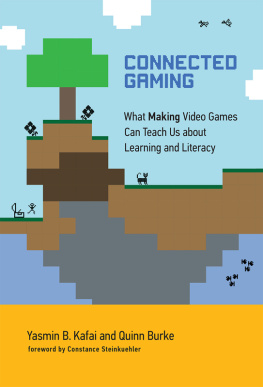
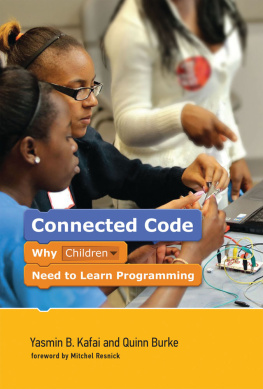
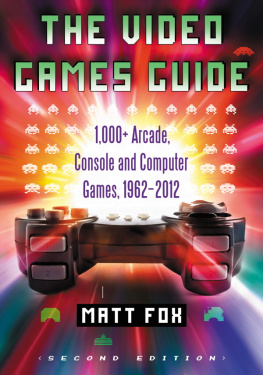
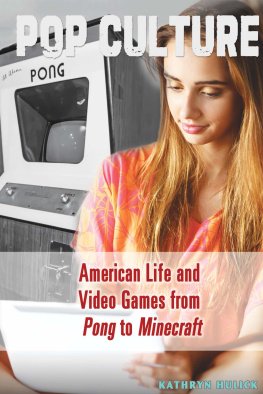

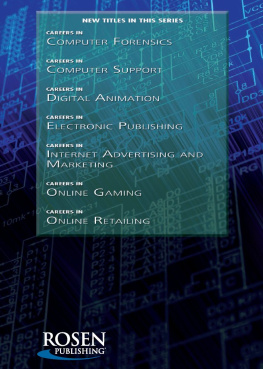
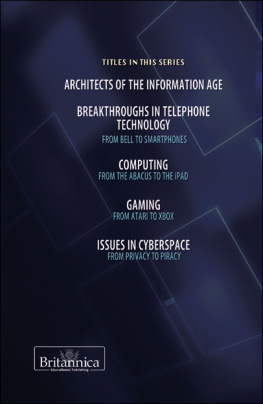
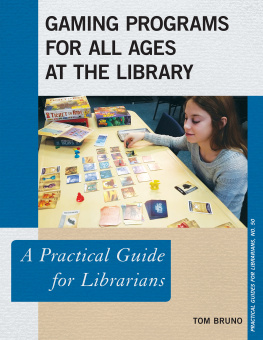
![Mark J. P. Wolf (editor) - Encyclopedia of Video Games: The Culture, Technology, and Art of Gaming [3 volumes]](/uploads/posts/book/279290/thumbs/mark-j-p-wolf-editor-encyclopedia-of-video.jpg)